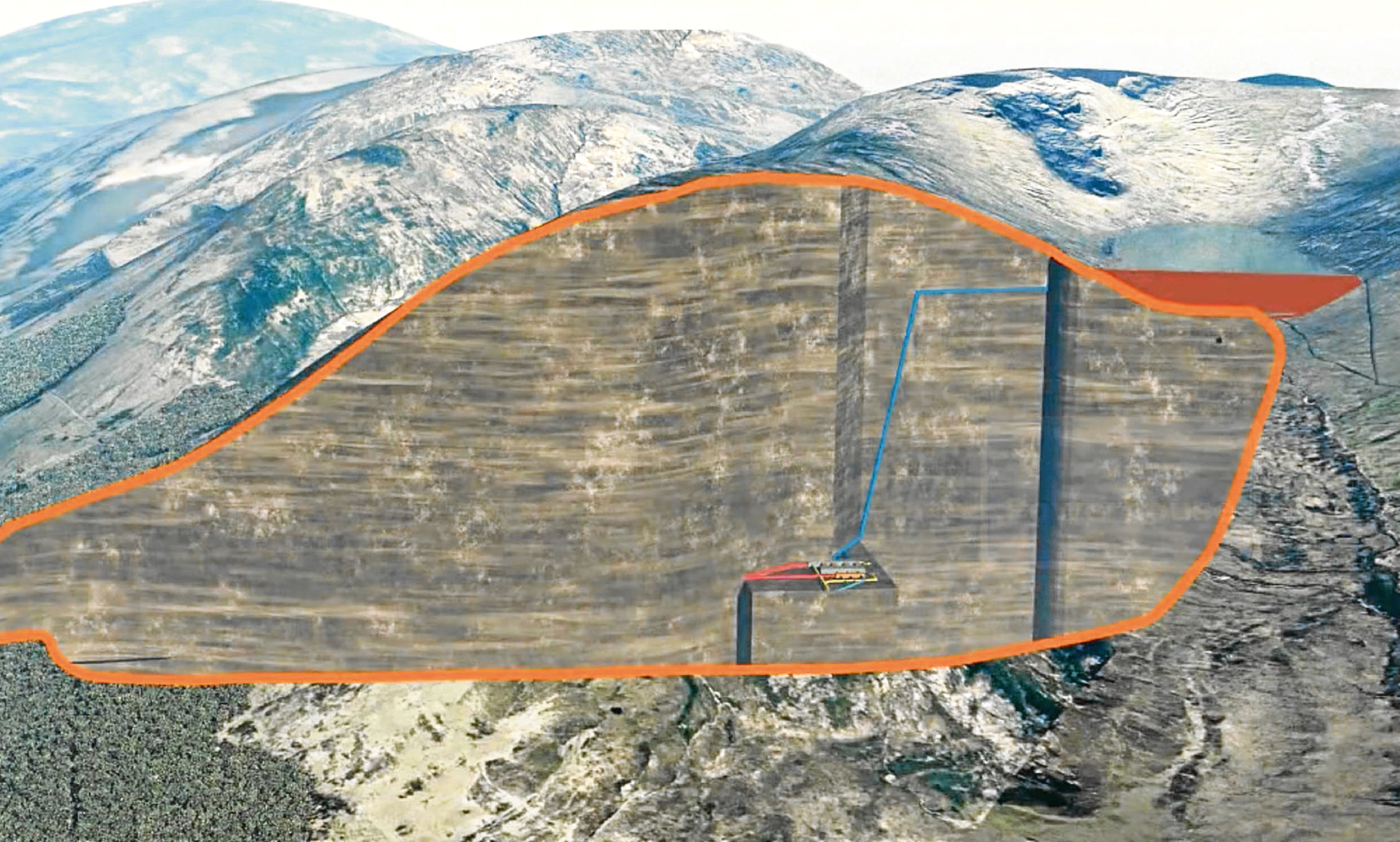Economic barriers are standing in the way of “valuable” new pumped hydro storage power schemes in the UK.
A major new report for industry body Scottish Renewables said there was a risk that “under-delivery” of pumped hydro (PSH) could result in a higher-cost, higher carbon energy system.
PSH involves the pumping uphill of water during low drawdown periods to then be released and create power during peak power demand.
The study was produced by DNV GL and part-funded by the Scottish Government, SSE and ScottishPower.
The report lays out 20 benefits of the furtherance of pumped hydro, but warns the market and policy framework around it must change if the potential of the technology is to be realised.
“New storage assets will be valuable to enable the development of a more efficient and more secure low carbon energy system at a lower cost to customers,” the report states.
“However, there are fundamental economic barriers in the existing market structures. If these barriers are not addressed then there will be an under-delivery of storage.
“This is particularly the case for PSH.
“This under-delivery would cause a failure to achieve these societal benefits and result in a less efficient, less secure and higher cost electricity system.
“If a solution is to be found, then it is essential for government and regulators to take action to correct the market failures.”
There are four operational pumped hydro schemes in Scotland at the current time and two with planning.
The largest of those consented is SSE’s £800 million Coire Glas scheme.
SSE development director Mike Seaton said: “At a stroke, SSE’s consented 30GWh Coire Glas project would more than double the total amount of current pumped storage capacity in the UK.
“We’d like to see all parties working closely together to examine what steps can be taken to remove investment barriers which prevent new pumped storage projects being built.”
Neil Clitheroe, CEO ScottishPower Generation Holdings, said policy support rather than subsidy was needed to drive a technology that can “help us make the most of the green megawatts we already produce and thus meet global climate change targets.”
Hannah Smith of Scottish Renewables, added: “It is important that government creates the right policy environment to encourage investment”
“We would like to see a more level playing field for pumped storage hydro which reflects the value it can bring to the electricity system.”
